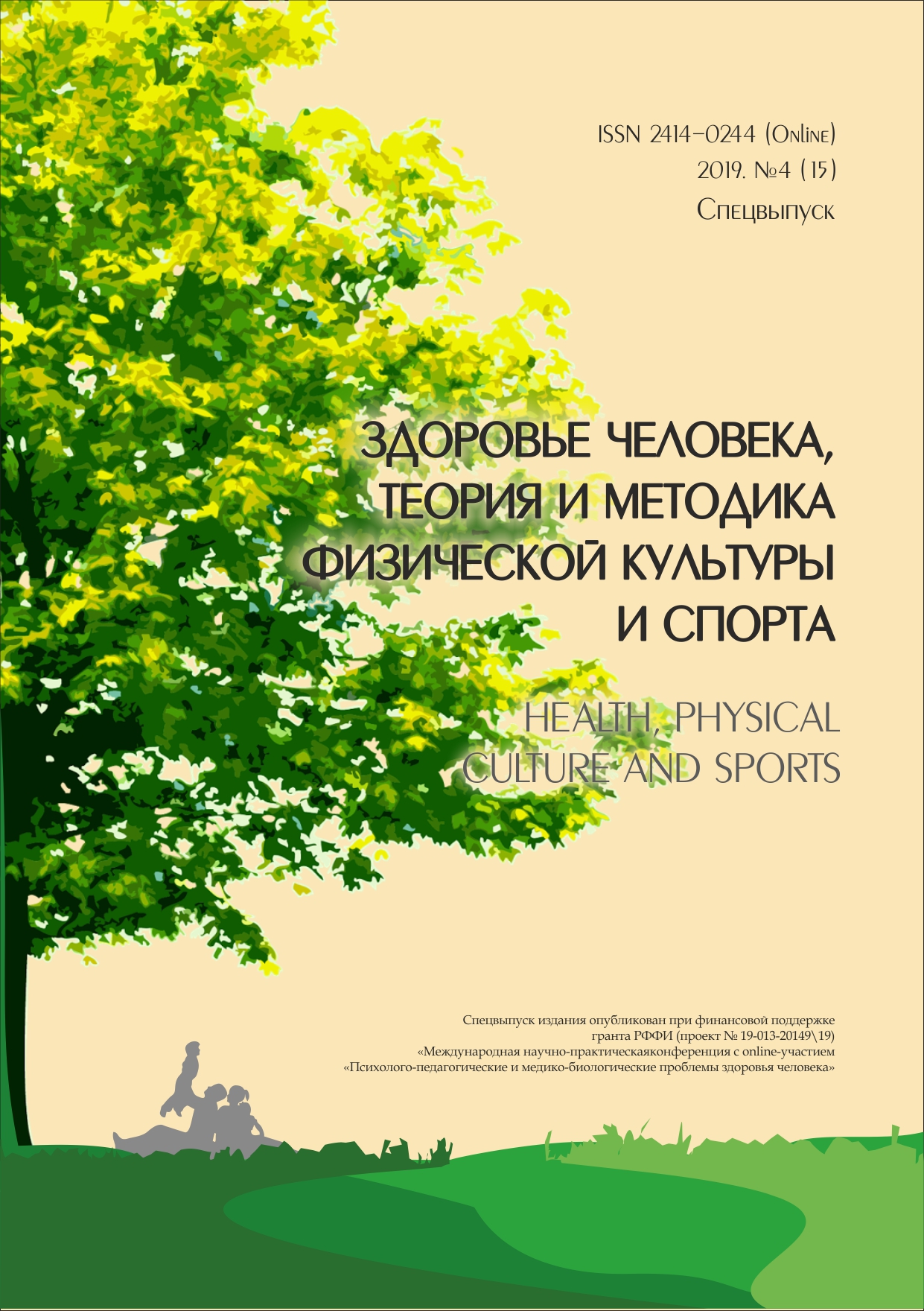DEVELOPMENT OF AN ACCEPTABLE PEANUT-BASED ICE CREAM FOR BULGARIAN CONSUMERS
Abstract
Ice cream, as a high energy and tasty dessert, is enjoyed by generations worldwide. So peanut, based alternative to this product would provide consumers with new and better choices that are healthy, tasty and nutritious to consume. is study evaluated general acceptability by means of consumer acceptance and purchase behavior of peanut-based vanilla avored ice creams varying in peanut butter (5, 10, 15 and 20 % w/w). Eighty consumers were recruited to participate in the ice cream acceptance test at the sensory lab of the Institute of Food Preservation and Quality. e selection criteria were the subjects had to consume ice cream or any avoured ice-cream, ice-cream cakes, peanuts, peanut butter or any peanut avoured food at least once in two weeks and be adults over 18 year of age with no food allergies. Consumers evaluated following a randomized block design four sample formulations for overall acceptance, appearance, color, sweetness, texture, avor, peanut avor and milk avor. e panel rated peanut vanilla avoured ice-cream treatment B (10 % peanut butter) as the best product. It received the highest consumer ratings for overall acceptance, colour, sweetness, avour, peanut avour, and milk avour. e formulation C (15 % peanut butter) received similar consumer ratings for appearance and texture. Main diŸerences were observed in appearance and texture for treatment A (5 % peanut butter), avour and peanut avour for A&B, and milk avour for treatment D (20 % peanut butter). Ɗe peanut vanilla ćavoured ice-cream has a market potential and consumers that are looking for a nutritious ćavored ice-cream alternative might opt to choose the frozen dessert similar to peanut ice-cream.
Downloads
References
Marshall R.T., Goff H.D., Hartel R.W. 2013. Ice cream. Springer Science & Business Media. books.google.com
Hoda M. El-Zeini, El-Abd M.M.; Metwaly, Fatma A.; Zeidan M.A., Hassan Y.F. 2016. Using whey protein isolate as a substitute of milk solid not fat on chemical and physico-chemical properties of ice cream. J. Food and Dairy Sci., Mansoura Univ., 7 (2):133–137.
Danków R., Oziemkowski P., Pikul J. 2000. Some chosen properties of ice-cream depending on the kind and addition of preparation of milk proteins. Clodnictwo, 35 (8): 44–46.
Singh B., Singh U. 1991. Peanut as a source of protein for human foods, Plant Food Hum Nutr., 41(2):,165–177. https://doi.org/10.1007/BF02194085
Massari I. 2000. Mondo del Latte, vol. 54, issue 9, pp. 664.
Kilara A. 2000. Fat substitutions in ice-cream manufacturing, Moloch Prom, vol.5, pp. 31.
Dorp M.Vom. 2001. Ice-cream technology — Low fat opportunities, Dairy Ind Internat, vol. 66, issue 6, pp. 43.
Robinson R. 1999. Nutritiously delicious, Dairy field, vol. 182, issue 3, pp. 39.
Dahm L. 2000. Nothing but nut, Dairy field, vol. 183, issue 9, pp. 51.
Styles P. 2000. Food Ingred&Anal Internat, vol. 23, issue 3, pp. 16.
Euromonitor International. 2002. Vanilla — Ice cream’s enduring flavour. Accessed Jun. 10, 2008. URL: http://www.euromonitor.com/Vanilla_ice_creams_enduring_flavour.
Guinard J.X., C. Zoumas-Morse L. Mori B. Uatoni, D. Panyam, and A. Kilara. 1997. Sugar and fat effects on sensory properties of ice cream. J. Food Sci. 5:1087–1094.
Thompson K.R., Chambers D.H. and Chambers E.. 2009. Sensory characteristics of ice cream produced in the U. S. A. and Italy. J. Sens. Stud. 24:396–414.
Stat Soft Inc. 2005. STATISTICA®: The Small Book. Tulsa, OK.
An author should not normally publish manuscripts describing essentially the same research in multiple journals or publication venues. Such redundant publication is generally considered to constitute unethical publishing behavior, and if discovered may result in a manuscript under consideration being rejected, or a published article being retracted.
Authors of manuscripts reporting on original research should present an accurate account of the work performed, accompanied by an objective discussion of its significance. Underlying data should be represented accurately in the manuscript. The manuscript should contain sufficient detail and references to permit others to replicate the work. The fabrication of results and the making of fraudulent or knowingly inaccurate statements constitute unethical behavior and may be cause for rejection or retraction of a manuscript or published article.





